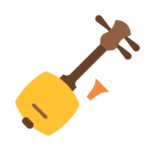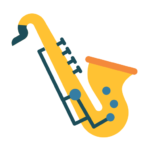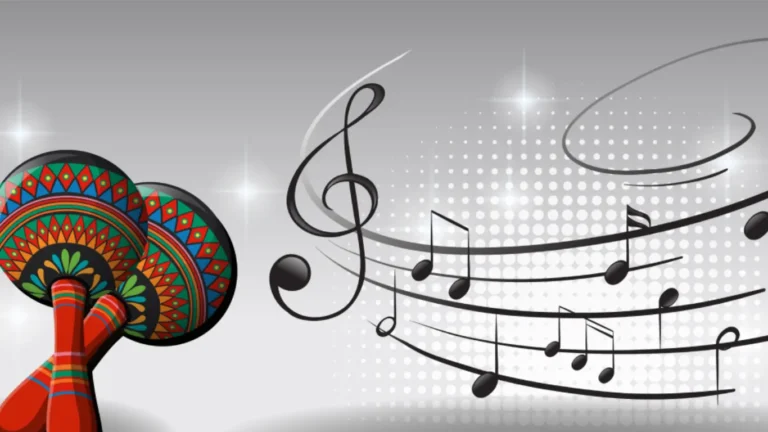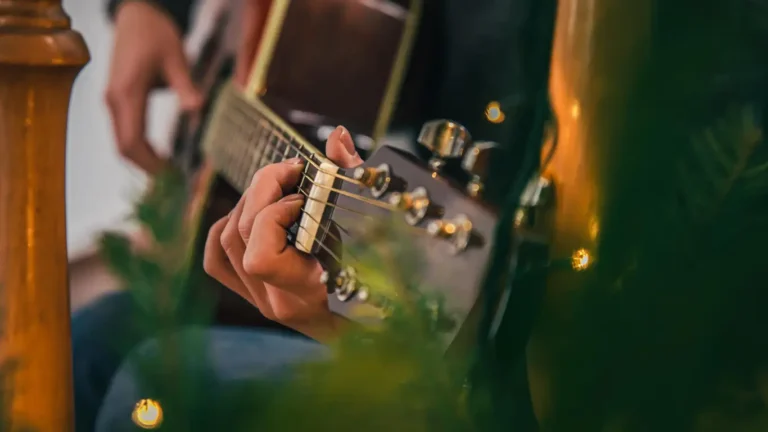Persian music, with its centuries-old roots, is a captivating and intricate art form that reflects the soul of Iran. For those living in Toronto who are eager to learn about music in Iran, this guide offers an enriching introduction to traditional music in Iran, Iranian classical music, and Iranian traditional music instruments. Whether you’re a music enthusiast or a cultural explorer, there’s much to uncover in this ancient musical tradition.
Music in Iran: A Cultural Heritage to Discover
Music in Iran is not just a form of entertainment but an emotional expression tied to the country’s rich cultural history. From the majestic courts of the Achaemenid Empire to the mesmerizing performances of contemporary Iranian musicians, Persian music has evolved, offering a profound listening experience.
Whether you're a resident of Toronto looking to connect with your roots or a curious learner, understanding music in Iran starts with appreciating the art's diverse forms, which range from the profound beauty of Iranian classical music to the lively folk traditions that vary across regions in Iran. These music forms not only showcase different techniques and styles but also reflect the deep spirituality and philosophy embedded in the Iranian way of life.
Read More: Stress-Relief Music
Traditional Music in Iran: Rooted in the Dastgah System
At the heart of traditional music in Iran lies the Radif, a collection of over 200 melodic patterns that are passed down through generations. These melodies serve as the foundation for Iranian classical music, allowing musicians to improvise while remaining faithful to the traditions laid down by their predecessors. This deep-rooted system makes Iranian classical music unique compared to Western music, as it uses a modal system, known as Dastgah, that allows for more emotional expression.
For students in Toronto, understanding this complex system is essential to learning traditional music in Iran. By studying the Radif, you’ll not only learn technical skills but also gain insight into the soul of Iranian music.
Read More: Piano Lessons Toronto for Adults
Iranian Traditional Music Instruments: A Key to Persian Sound
To truly understand music of Iran, it’s essential to explore the iconic instruments that define its sound. Here are some of the most popular Iranian traditional music instruments:
- Tar: A long-necked lute with six strings, the Taris the soul of Persian music, resonating with both warmth and depth.
- Setar: A delicate, smaller version of the Tar, this instrument produces soft, ethereal sounds, often associated with spiritual music.
- Santur: A hammered dulcimer with 72 strings, this instrument creates shimmering, harmonic tones that form the backbone of many Persian compositions.
- Kamancheh: A spike fiddle with a haunting sound, Kamanchehis used in both folk and classical Persian music.
- Tombak: A goblet-shaped drum, this instrument provides the rhythmic foundation for much of Iranian music.
Learning how to play these instruments is an exciting way to immerse yourself in the world of music of Iran while gaining a deeper understanding of the country’s cultural and musical heritage.
Read More: Iranian Drums: Daf, Tombak & Azeri Dayereh
What Music is Banned in Iran? A Look at Censorship
In Iran, music has long been intertwined with politics, religion, and cultural norms. For years, the Iranian government has imposed bans on certain types of music, particularly Western genres and some forms of traditional music. What music is banned in Iran? Primarily, music that is deemed to contradict Islamic values or is considered too "Western" is prohibited. This includes genres like rock, jazz, and pop music that are performed in a way that doesn’t align with the government’s vision for cultural preservation.
Despite these bans, Iranian musicians continue to adapt and evolve, blending traditional sounds with contemporary influences, creating new genres that speak to a younger generation both in Iran and abroad.
Read More: A Beginner’s Guide to Playing DAF
Iranian Classical Music vs. Modern Fusion: A Musical Journey
While Iranian classical music remains deeply rooted in tradition, the fusion of traditional music in Iran with contemporary genres like jazz, rock, and pop has given rise to an exciting new wave of modern Iranian music. This combination allows musicians to express their heritage while appealing to global audiences. In Toronto, you can find a vibrant community of Persian musicians who are dedicated to preserving the ancient traditions of Iranian music while embracing innovative sounds.
How to Learn Persian Music in Toronto: A Guide for Beginners
If you’re based in Toronto and interested in learning Persian music, there are several ways to get started. You can begin by studying classical Persian music with instruments like the Tar or Setar, or even explore the world of Persian percussion with the Tombak. Many music schools and private instructors in Toronto offer courses in Iranian traditional music instruments and Persian musical theory.
For those looking to deepen their understanding, Navasaz, a renowned music academy in Toronto, offers specialized courses in Persian classical and traditional music, providing students with an authentic learning experience. Whether you're a beginner or an advanced student, Navasaz offers expert instruction to help you unlock the mysteries of music in Iran.
Read More: Handpan Cost
The Timeless Appeal of Iranian Music: Why It Still Resonates Today
The beauty of Iranian traditional music lies in its timelessness. Despite the rapid modernization of the world, the haunting melodies of the Tar, the resonant rhythms of the Tombak, and the emotive poetry of Rumi and Hafez continue to captivate audiences worldwide. Iranian music has an undeniable magic that connects the past, present, and future—making it an art form that transcends time.
For those in Toronto seeking to explore this profound musical tradition, Navasaz is the ideal place to start your musical journey and connect with the cultural and artistic soul of Iran.
FAQs:
Yes! You don’t need to speak Farsi to appreciate or learn Persian music. Many music schools in Toronto, like Navasaz, offer instruction in English, making it accessible to everyone.
Yes, Toronto has a vibrant Persian community, and Iranian music is widely appreciated here, with numerous concerts and events held throughout the year.
Iranian classical music is based on improvisation and the use of the Dastgah system, allowing musicians to express a wider range of emotions compared to the rigid structure of Western classical music.
Learning to play instruments like the Tar or Setar takes time and practice. Most students begin to play basic tunes within a few months but mastering the intricate melodies of Persian music can take several years.
While there are restrictions on certain types of music, traditional music in Iran remains an essential part of the country’s culture. Contemporary music, especially fusion genres, has gained popularity despite government censorship.
 String Instr
String Instr Percussion Instr
Percussion Instr Wind Instr
Wind Instr Keyboard Instr
Keyboard Instr Tools
Tools Books
Books

